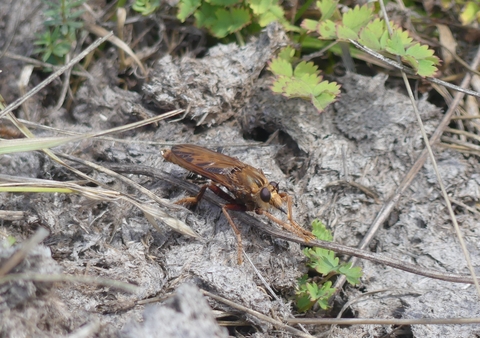Public opinions differ greatly on whether or not dogs should be allowed on nature reserves and this is also the case within Gwent Wildlife Trust (GWT) and within the conservation movement more widely. In this blog I am going to examine the relationship between dogs and wildlife and hopefully help people to understand our decision.
‘The Dogs of Torfaen’ is not a gothic horror film, nor is it a Cwmbran-based death metal outfit. It is a Facebook Group devoted to our four-legged friends and it has 21,000 members. Dogs are popular, there are thought to be 13 million of them in the UK and a billion worldwide. They are part of our lives and part of our families and there is little doubt that many people’s enjoyment of the countryside is greatly reduced if they are not able to bring their dog out with them. Indeed, for many people, the reason for getting out and about in the great outdoors is to walk the dog. At GWT we understand how much people love being out with their pets and our general policy for our reserves that dogs are allowed, but must be kept on a lead, reflects this. There are however strong arguments against allowing dogs on our nature reserves and I am going to discuss some of them here, hopefully in a dispassionate and objective way.
Wildlife must always be our first priority. Our members, our funders, our partnership organsations, and our trustees expect this, and the wellbeing of the wildlife on our reserves can’t be compromised. So before we can make a decision about dogs on our reserves, we need to know whether or not they are having a negative effect on the wildlife that we have a responsibility to protect.


